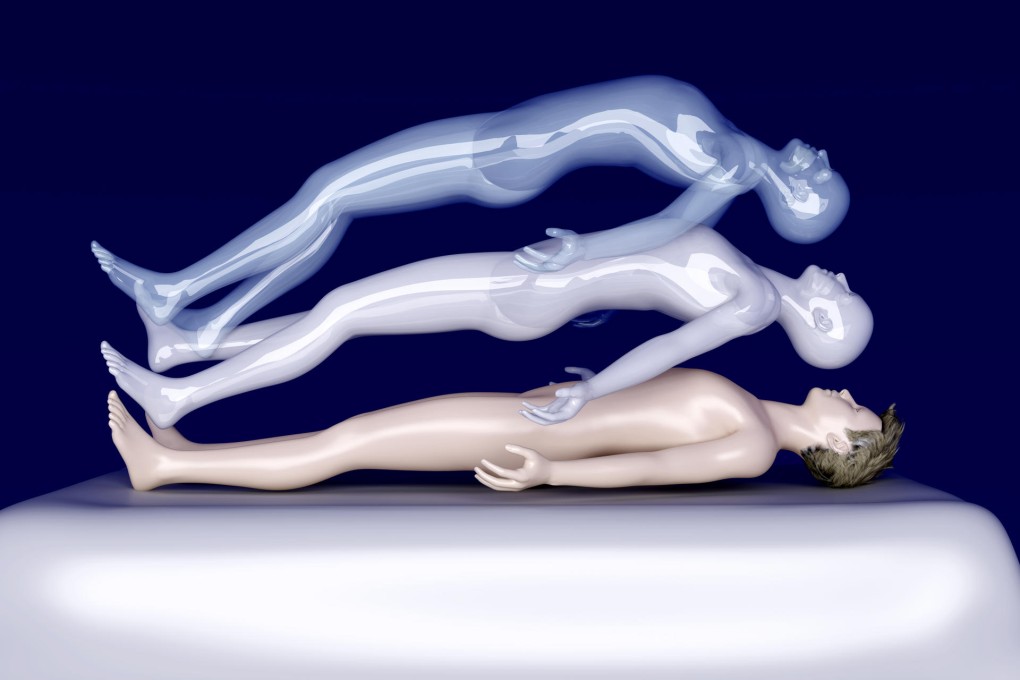Sleep paralysis can be an indicator of neurodegenerative disease
EYESIf you've ever woken up and felt you couldn't breathe, you've probably experienced sleep paralysis. The phenomenon itself is harmless, but it may be an indicator of neurodegenerative diseases, writesDavid Tan

It's the middle of the night when you open your eyes from an uneasy sleep. Sensing an ominous presence in the room, you try to turn your head for a better look but you can't move. You open your mouth to scream but find your throat unresponsive. Gripped by a blinding fear, you struggle against an invisible force holding you down.
What sounds like a scene from a horror film is, in fact, a condition known as sleep paralysis. This phenomenon has taken on a paranormal dimension in various interpretations across cultures.
In East Asia, such attacks are known as "ghost oppression", building upon ancient Chinese belief that a person's soul is vulnerable to the influence of evil spirits during sleep.
The earliest Chinese dictionary, the Shou Wen Chieh Tzu, dating from the Eastern Han dynasty around AD30 to AD124, records for the first time the Chinese written character for ghost oppression, which combines the characters for oppression and ghost.
Sleep paralysis affects fewer than 8 per cent of the general population, although about 25 per cent of all people have probably experienced it at some point during their life. Fortunately, while it can be terrifying, sleep paralysis is not considered to be a dangerous or harmful medical condition.
Scientists now know that this condition is just one example of a sleep disorder - although the physiological mechanism behind sleep paralysis is still under active study. To begin to understand how these disorders have such frightening effects, it's important to know how the sleep cycle works.